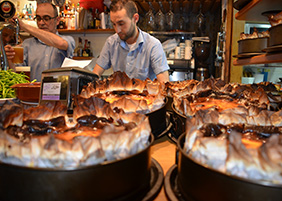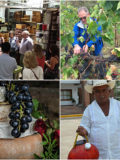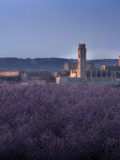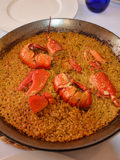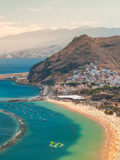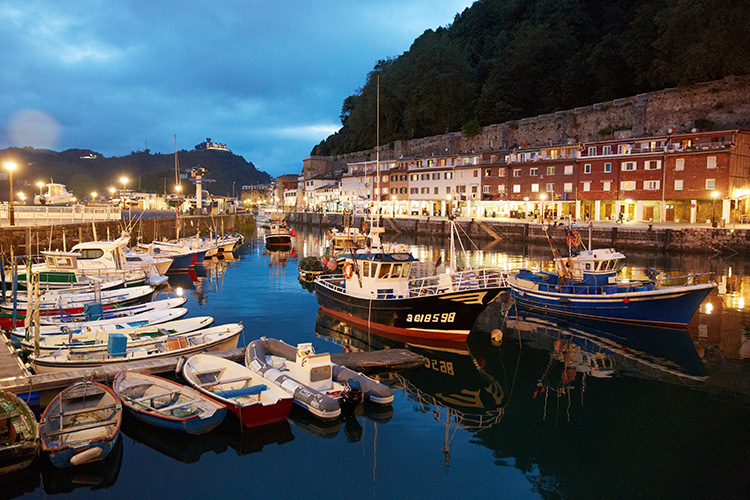
Fishing Port, Donostia, San Sebastian, Spain. Photo: San Sebastian Tourism
By Carolyn Worthington
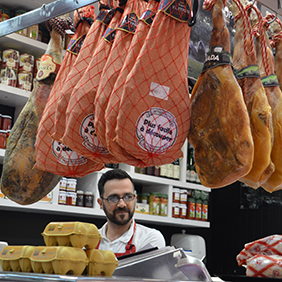
Bretxa Market. Photo: C. Worthington
Foodies and seekers of cultural experiences rejoice! San Sebastian, Spain, the cultural and gastronomic jewel of Europe, is an undiscovered destination not to miss and should move to the top of your travel list.
If you are an active traveler who likes to find unique opportunities from sampling local seafood and farm fresh ingredients to exploring unique historical sites while becoming one with the local culture, San Sebastian is for you.
While many people think of Madrid or Barcelona as the only places to visit in Spain, San Sebastian, is one of the best-kept secrets in this culinary and culturally diverse country.
There are many reasons to put this gem at the top of your bucket list from location/location/location to the tantalizing gastronomic experience and out of the ordinary cultural happenings.
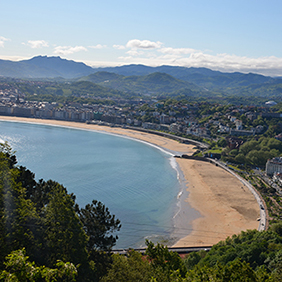
La Concha beach. Photo: C. Worthington
A Seaside Jewel
Located in the Basque region where two languages are spoken (Basque and Spanish), San Sebastian is the perfect destination for those who want to combine the seashore with the country and city life.
Getting there is easy … San Sebastian is just an hour plane ride from Madrid where you fly to Bilbao and then an hour drive by car. Or you can just take a scenic 4.5 hour drive from Madrid. An added plus, San Sebastian is 45 minutes from the famed running with the bulls city of Pamplona.
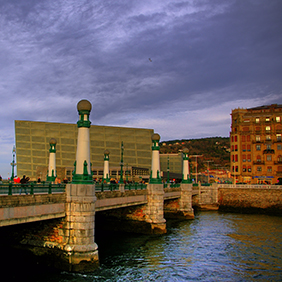
Photo: San Sebastian Tourism
San Sebastian Named European Capital of Culture for 2016
Travel to San Sebastian this year is even more special as the city is celebrating its designation as the European Capital of Culture for 2016, so designated by the European Union for a period of one year.
San Sebastian received the honor in 2010 and the city has been preparing to showcase all that it has to offer for six years. The European Capital of Culture program was started in 1985 by the Greek actress Melina Mercouri who was Greece’s Minister of Culture and French politician, Jack Lang. The purpose was “to bring Europeans closer together by highlighting the richness and diversity of European cultures and raising awareness of their common history and values.”
San Sebastian’s mission is true to the original charter, according to Fernando Alvarez, director of communications at the European Capital of Culture Donostia-San Sebastian 2016 who defines it as an opportunity “to encourage a culture to live harmoniously together, to have a more integrated society and to overcome violence.”
San Sebastian is a “small big town,” Alvarez says, and the perfect place where culture, sport and gastronomy intersect. “To me this is the best place in the world. I can come home from work, get on my wet suit and surf and then go to a concert.”
Itinerary for 4 Days in San Sebastian
Recently, I visited San Sebastian and moved this gastronomic to the top of my favorite destination list.
Here is my suggested itinerary for four special days in San Sebastian:
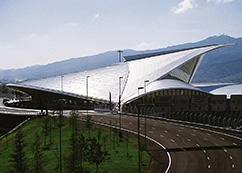
La Paloma (“The Dove”) main terminal. Photo used with the permission of Bilbao Turismo
Day One
Fly into Madrid and take a short, one-hour hop to Bilbao Airport where your adventure begins as you walk through La Paloma (“The Dove”), the main terminal designed by the famous Spanish architect, Santiago Calatrava. The white concrete and glass building boasts two symmetrical “wings” tipping to the center adding to the special feeling that you have landed in an extraordinary country where artistic details are appreciated.
Before heading to San Sebastian, be sure to stop at the Guggenheim Museum in Bilbao and have lunch at, appropriately, a customs house turned restaurant.
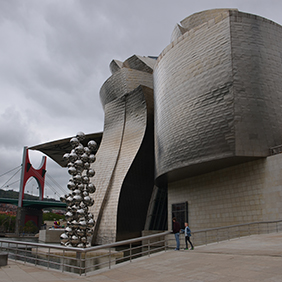
Guggenheim Museum entrance. Photo: C. Worthington
Guggenheim, Bilbao
The Guggenheim Museum sits alongside the Nervion River in Bilbao’s old industrial center. It is credited for helping turn around a city in transition. The soaring building made of titanium with an impressive glass atrium was designed by American architect Frank O. Gehry. The design has been called “sculptural, expressionistic.”

Spider sculpture greets visitors at Guggenheim. Photo: C. Worthington
You are greeted outside the Guggenheim Museum by an almost 30 foot tall metal spider sculpture by sculptress Louise Bourgeois who often focused on the spider as an emblem of maternity: suggesting both protector and predator. If you suffer from arachnophobia you may not enjoy standing under the monster size spider hovering on stilt like legs and carries a sack full of eggs in her belly. The sculpture is creepy, awesome and amazing!
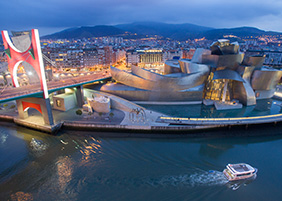
Photo used with the permission of Bilbao Turismo
The Guggenheim Bilbao is an extension of the New York Museum with a focus on contemporary and modern art, particularly art from the mid-20th century to the present. Browse through the 20 galleries reached by the curved walkways on three levels circling the massive sun drenched atrium.
The permanent collection offers Christian Boltanski’s “Humans,” a large scale work of art displaying more than 1,200 images that the artist rephotographed from school portraits, family photographs, newspaper pictures, and police registries; paintings from Mark Rothko and Willem de Kooning to Andy Warhol with his “One Hundred and Fifty Marilyns.” Marilyn Monroes, that is.
Dine in a Converted Customs House

Atea Restaurant. Photo: C. Worthington
What better way to start your dining experience to a new country than in a converted customs house at Atea Restaurant not far from the Guggenheim. Make your selection from newsprint place mats with the special of the day while seated at long tables perfect for sharing.
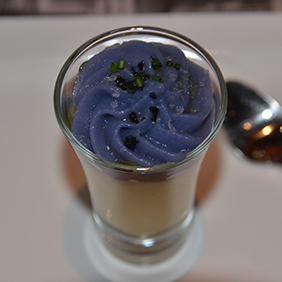
Potato cream soup. Photo: C. Worthington
I sampled the potato cream soup with a swirl of mashed purple potato topped with a mushroom croquette, the field greens salad, smoked salmon and strawberries with the most delicious Spanish olive oil vinaigrette followed by a crispy local fish filet.
Head to San Sebastian
San Sebastian is just 60 miles away. The drive is scenic with landscape reminiscent of Switzerland or, perhaps, Vermont. After checking into the hotel at around 5, I headed out around 8pm to discover the culture of San Sebastian first hand through sharing of Pintxos ….
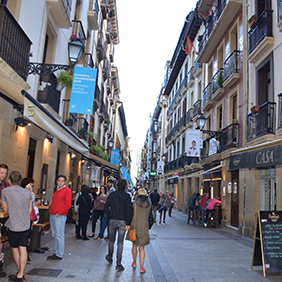
Old section of San Sebastian. Photo: C. Worthington
Pintxos Hopping
Pintxos are at the heart of a way of life in San Sebastian. The local custom is “to go for pintxos.” You might think this means to go bar hopping for tapas but it is not and it is so much more. This Basque custom is enjoyed by all ages, families and friends together, as they go from bar to bar having a small beer called “zurito” (not a pint of craft beer, mind you, but a small beer), or a small glass of wine, “txikito” accompanied by a “pintxo.” One drink and a pintxo is consumed and the group moves on to the next bar.
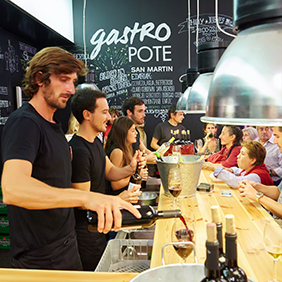
Gastro Pote, San Martin market, Donostia, San Sebastian Tourism photo
In the beginning pintxos were simply a slice of baguette bread topped with a small garnish and held in place with a toothpick. As haute cuisine kicked in, the bars anted up their creations with each bar having its own signature pintxo.
A great place to begin your pintxos education is to head over to Pintxopote / Gastropote at 8:30PM every Thursday in most of the bars in the Gros neighborhood and San Martin Market.
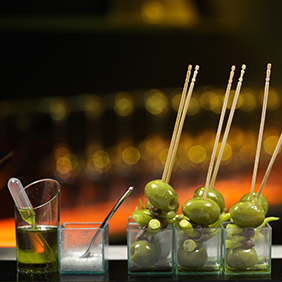
Pintxo Gilda. Photo: San Sebastian Tourism
A pintxopote, is a special night with special prices arranged by local bars and restaurants to sample pintxos. There are several pintxopote areas in the city and prices range from 1 to 2 euros depending upon how elaborate the pintxo.
Top Pintxo Places
The number of places to go for pintxos is overwhelming. The menu choices are staggering. what to choose? You can’t go wrong with the “Pintxo Gilda” for starters, a “guindilla” (chile) pepper, a Cantabrian anchovy fillet from Spain’s north coast, and a manzanilla (Spanish) olive all on a skewer. Here are a few bars I recommend in your quest for the best pintxos:
A Fuego Negro
www.afuegonegro.com
Great ambiance with low lights, walls wall-papered with music albums and rock memorabilia. Try the olives in vermouth; local tuna, peppers and red onion; grilled octopus, green apple and purple potato.
Gandarias
www.restaurantegandarias.com
Located in the heart of old town, this bustling spot had people waiting on line not only for pintxos but for dinner. Specializing in local and seasonal seafood, vegetables and meat. Try the codfish croquettes, lamb brochette, fried anchovies.
La Vina
lavinarestaurante.com
Each pintxo bar has its specialty. The chef at La Vina served a cheesecake one night and today the restaurant is swamped with people who come there just for this tasty sweet. Opened in 1959, La Vina is still a family run restaurant offering a warm, inviting atmosphere with a large selection of pintxos and, of course, the can’t miss cheesecake.
For more ideas of what to see and do in Bilbao or San Sebastian, check out the tourism websites: www.bilbaoturismo.net and www.sansebastianturismo.com


